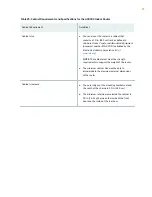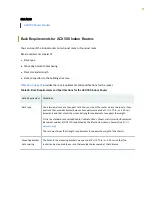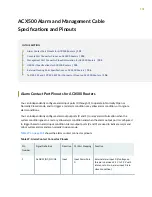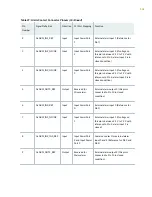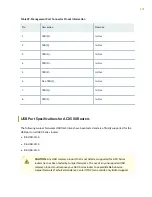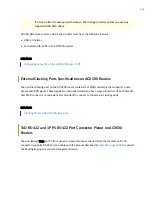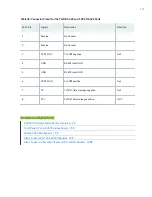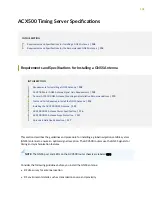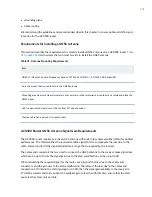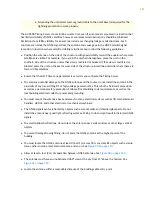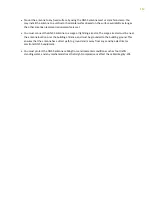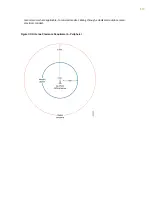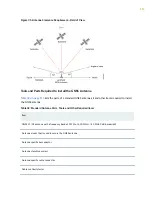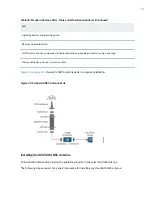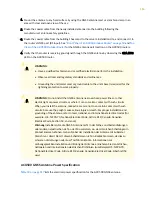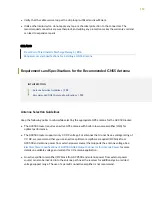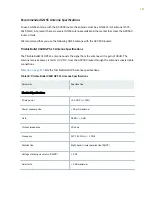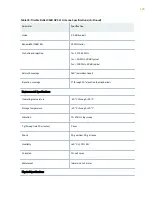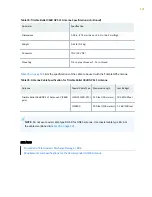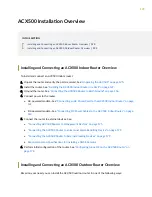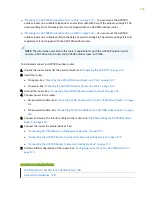
The recommended range of the LNA signal gain, after compensating the loss due to the cables and
connectors, at the receiver is 22 dB through 30 dB (with a minimum of 17 dB and a maximum of 35 dB).
General ACX500 GNSS Antenna Mounting and Installation Recommendations
Ideally, the GNSS antenna should be mounted where a 360° unobstructed clear view of the sky (at 15°
angle from horizontal) is available to enable a connection to visible GNSS satellites. The ideal mounting
location is a roof, tower, or an antenna mast, high above any obstruction or any device that can cause
signal interference. We recommend a location that has the following characteristics:
• Clear unobstructed view of the sky in all directions—360° view.
• Away from high-power transmitters and radar antennas.
• At least 3 feet (1 m) away from any metallic objects, such as radio tower, other antenna mast,
electrical poles, and so on.
• At least 3 feet (1 m) below the highest point of a lightning rod.
• Convenient path for running the outdoor coaxial cable from the GNSS antenna to the network.
• Install the router in compliance with the local, national, or international electrical codes:
• United States—National Fire Protection Association (NFPA 70), United States National Electrical
Code, Article 810
• Canada—Canadian Electrical Code, Section 54
• Protect the GNSS antenna from environmental conditions such as foot traffic, standing water, and
any mechanical stressor that might compromise the cable integrity. Wherever applicable, run smaller
size cabling through dedicated outdoor-rated electrical conduit.
WARNING:
• Locate the GNSS antenna away from power lines, lighting systems, HVACs (heating,
ventilation and air conditioning), and power circuits.
• When installing the GNSS antenna, do not touch power lines or other sources of
“live” power.
• Have a qualified technician or a certified electrician perform the installation.
• Observe all local and regulatory standards and ordinances.
110

